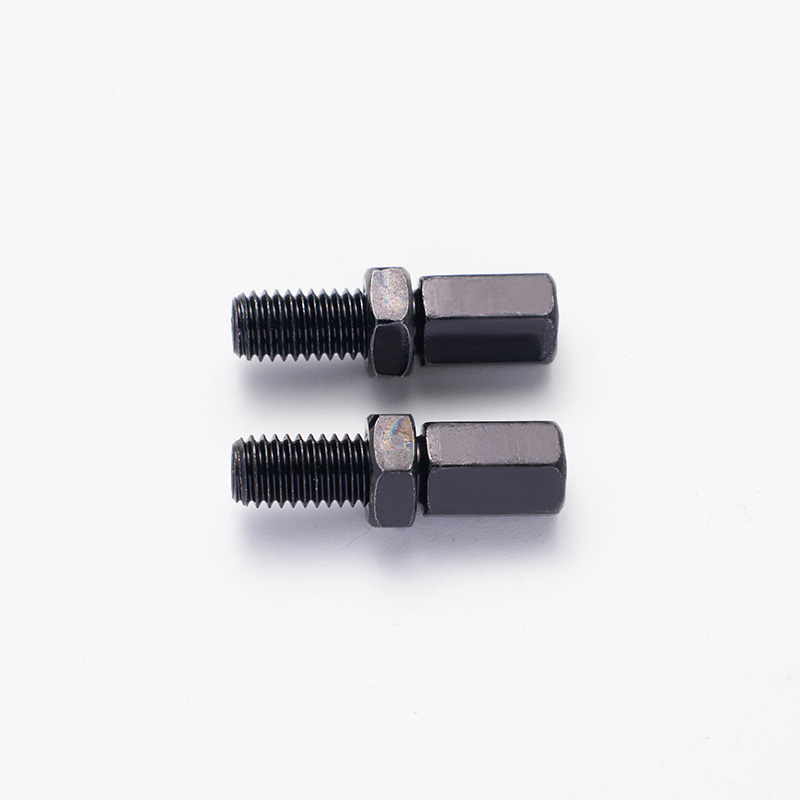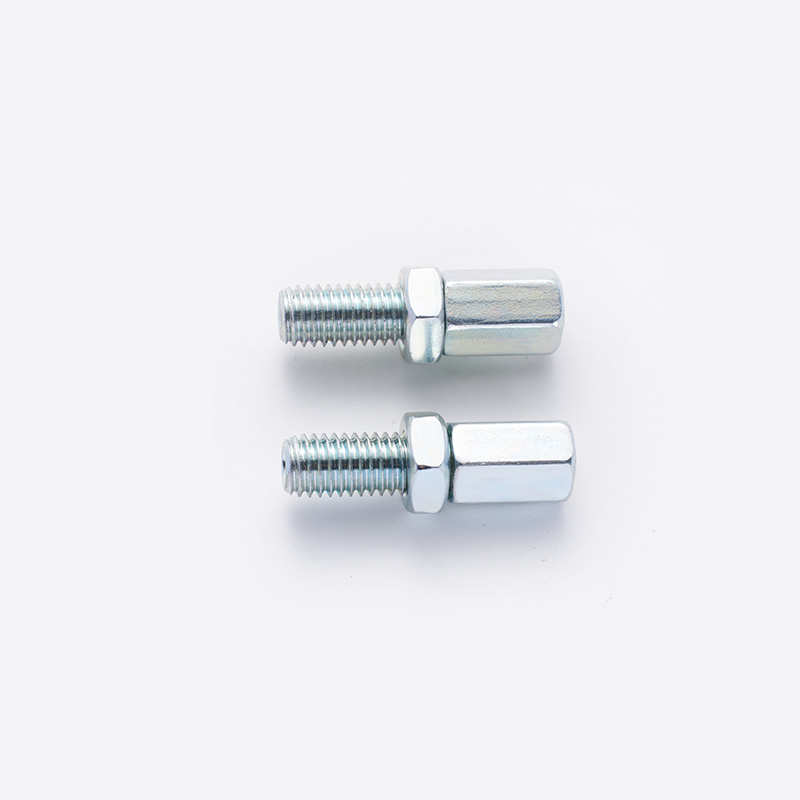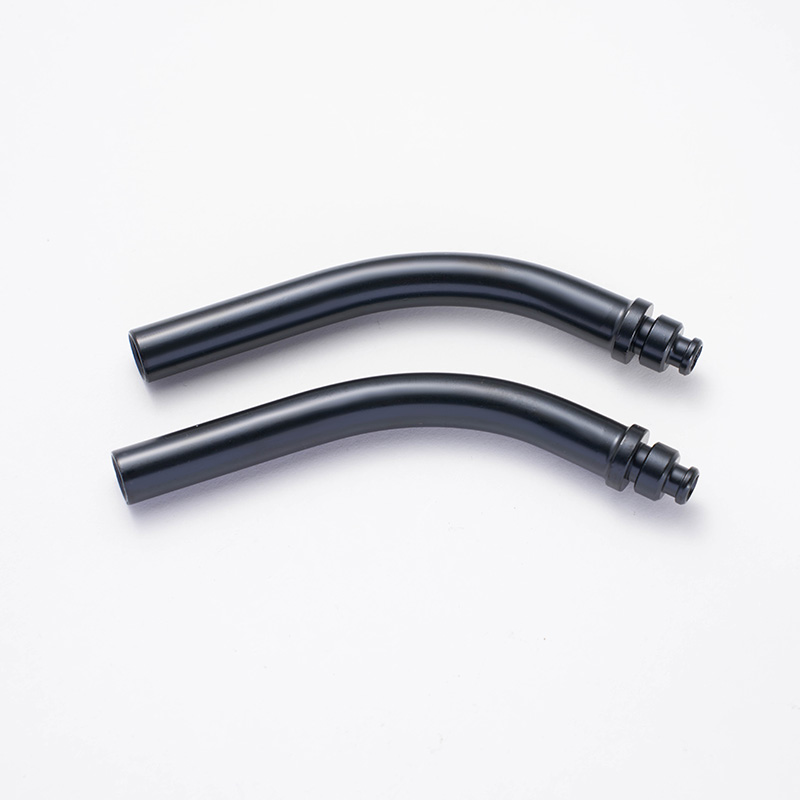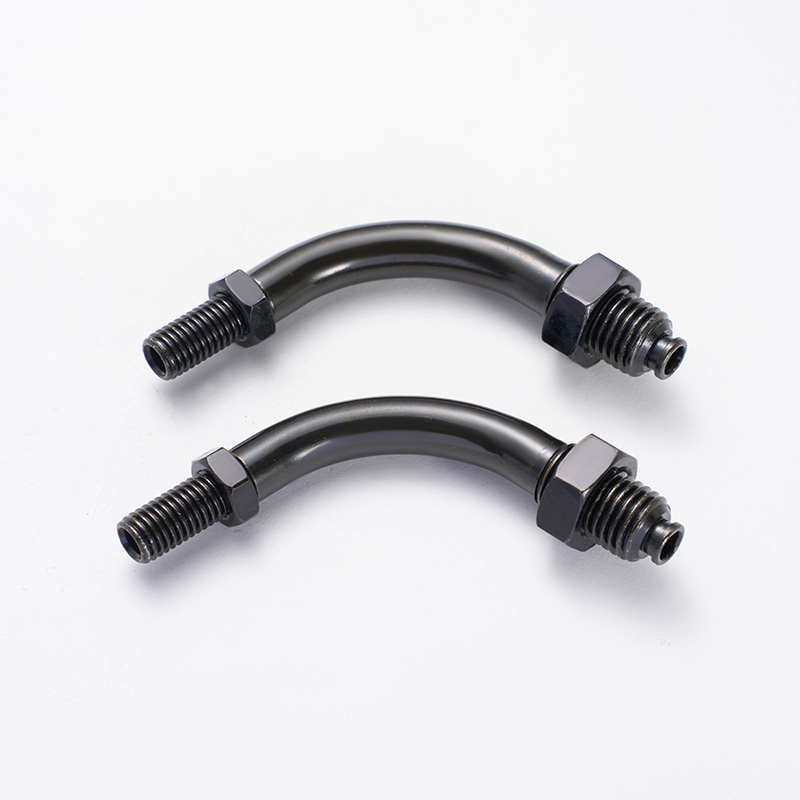The modern world is powered by batteries, and lithium-ion batteries are at the forefront of this energy revolution due to their high energy density and longevity. Within these batteries, every component plays a critical role in ensuring performance and safety. One such component is the welded nickel sheet, which is integral to the battery pack's function. This article will explore the function of welded nickel sheets in lithium battery packs and the processes used to enhance the performance of metal battery pure nickel strips.

what are the Function of Welded Nickel in Lithium Batteries
The Crucial Role of Nickel
Nickel is a key material in the construction of lithium-ion batteries, particularly in the form of a welded sheet. It serves multiple purposes that are vital to the battery's operation.
1. Current Collector
The primary function of the welded nickel sheet is to act as a current collector. It provides a low-resistance path for the flow of electrons from the battery's positive electrode, or cathode, to the external circuit.
2. Structural Support
Nickel sheets also offer structural support to the cathode material, helping to maintain the integrity of the battery cell during expansion and contraction as the battery charges and discharges.
3. Thermal Conductivity
Due to its thermal conductivity, nickel helps dissipate heat generated within the battery, which is crucial for preventing overheating and ensuring safety.
4. Corrosion Resistance
Nickel is resistant to corrosion, which is important in a battery environment where chemical reactions can be harsh. This resistance prolongs the life of the battery pack.
what are the Advantages of Welded Nickel Sheets
Welding the nickel sheets instead of using other attachment methods offers several benefits:
1. Enhanced Durability
Welding creates a strong bond, making the connection between the nickel sheet and the electrode more durable and less prone to damage.
2. Improved Electrical Conductivity
Welded connections have lower resistance compared to other joining methods, improved electrical conductivity.
3. Cost-Effective
Welding is often a more cost-effective method of assembly, which can reduce the overall cost of battery production.
4. Environmental Stability
Welded nickel sheets provide better resistance to environmental factors such as moisture and temperature fluctuations.
Enhancing Performance of Metal Battery Pure Nickel Strips
The Process of Electroplating
To achieve better performance in metal battery pure nickel strips, one of the effective processes is electroplating. This method enhances the properties of the nickel strip, making it more suitable for battery applications.
1. Electroplating Basics
Electroplating involves passing an electric current through a solution containing ions of the metal to be deposited. The nickel strip acts as the cathode, and the metal ions in the solution are reduced and deposited onto the strip's surface.
2. Improvement of Surface Properties
Electroplating can improve the surface properties of the nickel strip, such as its smoothness and uniformity, which are important for consistent electrical contact within the battery.
3. Enhanced Corrosion Resistance
The electroplated layer can increase the corrosion resistance of the nickel strip, providing better protection against the chemically aggressive environment inside a battery.
4. Increased Mechanical Strength
Electroplating can also increase the mechanical strength of the nickel strip, making it more resistant to mechanical stress during the battery's operation.
what are Benefits of Electroplating for Batteries
The benefits of using electroplated pure nickel strips in batteries are numerous:
1. Extended Battery Life
By improving the durability and resistance of the nickel strip, electroplating can contribute to a longer battery life.
2. Better Energy Efficiency
The enhanced conductivity of electroplated nickel strips can better energy efficiency within the battery.
3. Enhanced Safety
Improved resistance to corrosion and mechanical stress can reduce the risk of battery failure, enhancing the overall safety of the device.
4. Cost-Effective Production
Electroplating is a well-established industrial process that can be scaled for cost-effective production of battery components.
 boo@zjmgmm.com / 958587858@qq.com
boo@zjmgmm.com / 958587858@qq.com English
English русский
русский Español
Español عربى
عربى







 English
English  Building 33, Demonstration Park, No. 318 Chenguang Road, Eastern New District, Wenling City, Taizhou City, Zhejiang Province, China
Building 33, Demonstration Park, No. 318 Chenguang Road, Eastern New District, Wenling City, Taizhou City, Zhejiang Province, China  0086-576-86337978
0086-576-86337978  0086-576-86333878
0086-576-86333878
 boo@zjmgmm.com
boo@zjmgmm.com 